A look into our future: Digital Product Design and Development
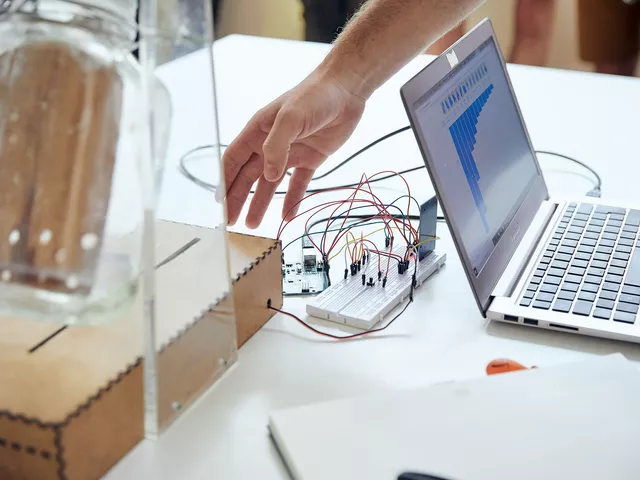
→ Currently no applications are possible!
Smart homes, fitness trackers, self-driving cars – there are more and more networked, digital and intelligent products. We on the Digital Product Design and Development degree programme network products via the internet and ensure that they communicate with each other. This includes robotics, artificial intelligence and user expertise – things that will completely transform the world of tomorrow. What is possible with all this? We are trying this out and designing things that are both sensible and useful.
What does an Digital Product Design and Development program look like?
Students spend most of their time in the Prototyping Lab, the Media Lab and in the workshops. This is where they really let off steam and give free rein to their ideas. For example, with 3D printers, sensors, actuators and microcontrollers like Arduino and Raspberry Pi or with laser cutters. They think about what the future will look like and put their ideas into practice in terms of technology and design. This results in solutions with virtual reality glasses, bone sound headphones and speech assistants. Or they try out completely new technologies that are not yet available on the market.
Digitalization! But that’s not all!
A good idea with digital technologies is not enough to create a functioning Digital Product Design and Development product. The human being has to be taken into consideration and is the focus of our work. Therefore, we deal with creative and research methods to develop innovations that fit the target group. For example, what does a navigation system for the blind look like and what does a digital companion for primary school children look like?
Our strength in the Digital Product Design and Development course
Working prototypes and first test models with which we test or simulate the latest technologies. The students program and manufacture objects with sensors. For example, they build an autonomously playing table football.
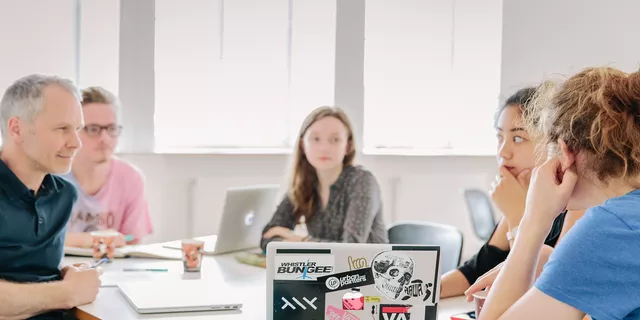
These are our focal Points
In the DP course, as in all courses of study at the HfG, there is a solid foundation course of study so that your basics are based on skills and abilities. From the first semester onwards, you will work in small teams on practice-oriented projects and implement them. These four areas of specialization play a major role again and again:
-
Spacial Technologies
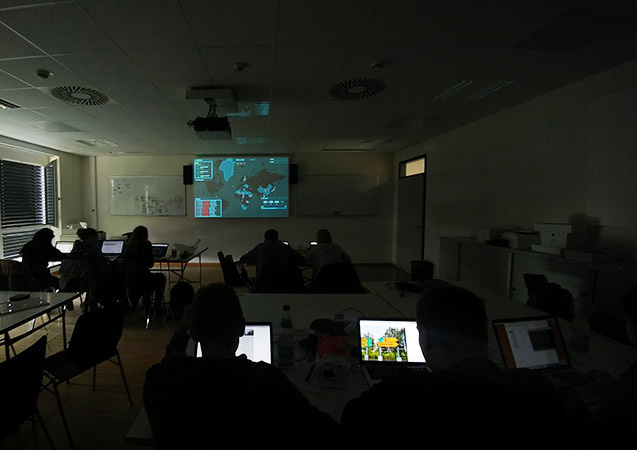
Unlike mobile media, these are the fixed technologies. These include smart home concepts, fine dust detectors or the oven that automatically goes out as soon as the pizza cheese reaches the perfect state of doneness.
-
Portable Media
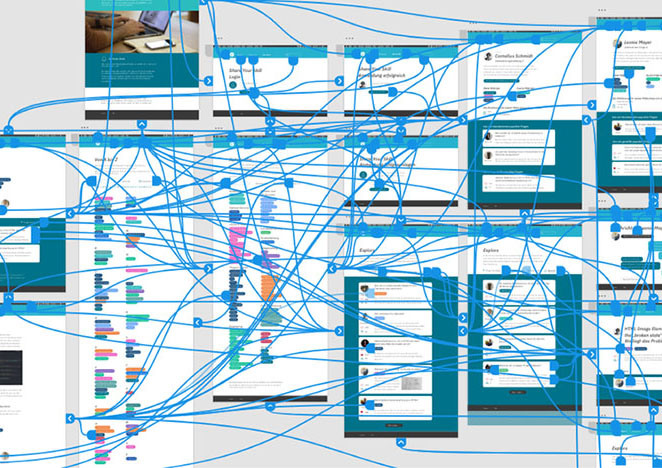
There are a lot of things meant by this term. It can be anything from snow pants that report avalanches to a self-delivering parcel drone. It’s about digital technologies and services that communicate with each other and are not attached to a fixed location by sending and receiving data.
-
Physical Computing
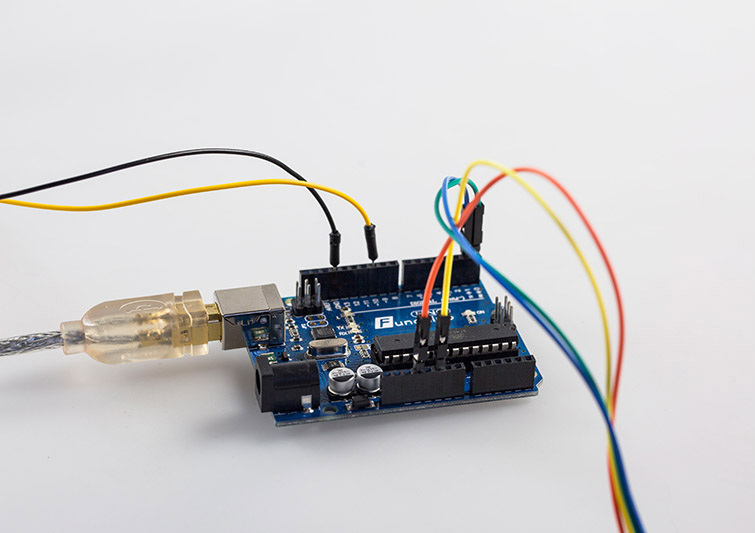
This is about the hardware. How do you build a voice assistant? What sensors does a ship need so that it can maneuver autonomously between icebergs? Or quite simply, how do you get an LED to blink?
-
User-centered design
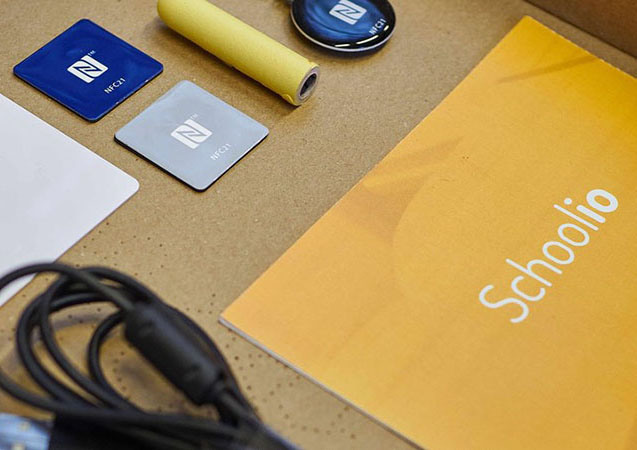
It’s no use designing a cool thing if no one can use it, or the person who uses it can’t handle it. That’s why it’s important to understand who you’re designing for and the situation you are designing for. Creative and research methods help with that.
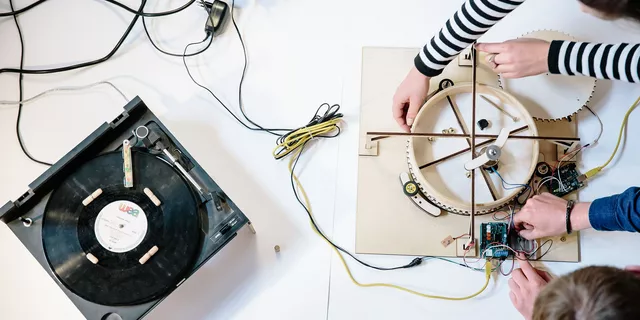
Projekte
Where can you work with an DP Bachelor degree?
The IT and development scene is booming and the industry is looking for a lot of skilled workers. In addition to engineers, the industry is also looking for people with design skills who know what is technically possible and can design innovative products. And these are exactly the people we train at the HfG. Our professions are called „UX-Designer“, „Creative Developer“, „Creative Coder“ or „Front-end Developer“. We work at the interface between design, technology, engineering and computer science. Our employers are engineering and design offices, development departments and future laboratories in industry as well as companies in the media and information industry.
„As a front-end developer for augmented reality (AR), I work together with the team to develop new interaction concepts. In doing so, I apply methods from design thinking and shape implimentation processes.“
„I work at BEG on business field and market analysis for innovations in DP business models.“
„As a working student at ETAS GmbH of the Bosch Group, I am working in an innovative international development team. My topic is user research of ECU software in the automotive field.“
„I look after of the internal and external appearance of our product. As an DP student, I combine my design and technical understanding and use it to create product presentations.“
→ Currently no applications are possible!
You cannot currently apply for the Digital Product Design and Development degree programme. You can find our other degree programmes here:
Ask Us
Any questions? Then contact our degree program coordinator for Digital Product Design and Development at the HfG Schwäbisch Gmünd:
